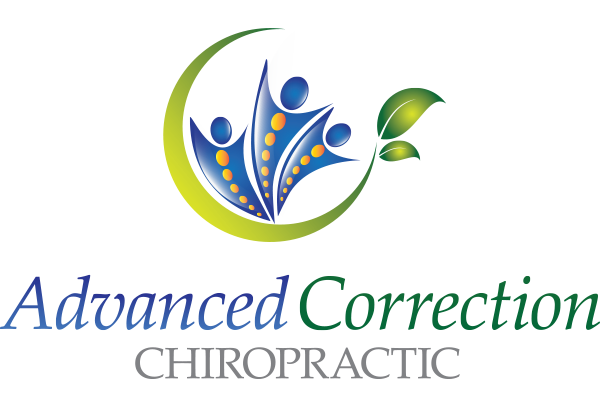Who and What Are Chiropractors?
Chiropractors in Australia are a nationally registered and a regulated healthcare profession. Chiropractic is a drug and surgery free modality of treatment concerned with the diagnosis, management and prevention of mechanical disorders of the musculoskeletal system; this includes the effects of these on the function of the nervous system and general health. Based on the teachings of Galen and Hippocrates, the premise that the body can respond appropriately to its environment provided that the nervous system be free of interference. Chiropractic was founded by D. D. Palmer who promulgated a focus on the spinal column and its functioning. In summary, chiropractors focus on the detection and correction of aberrant spinal function and its subsequent effect on how the nervous system controls and coordinates the body in response to its environment.
In Australia, chiropractors are educated in the University sector at an undergraduate and post-graduate level. There is a growing research and evidence base, not only in Australia but throughout international federations. As with other healthcare professions, there are internationally and nationally recognised standards of qualification to enable practice in Australia, and this is part of the National Registration and Accreditation Scheme.
What do Chiropractors do and how do they treat children?
Chiropractors provide patient-centred care and work in partnership with the consumers of chiropractic services. This includes using shared decision making through the informed consent process and using communication strategies that are tailored to the needs and preferences of the patient. Good clinical decision making takes account of patients’ preferences and values, clinicians values and experiences to provide treatment that maximises benefit with minimum risk of harm. This includes referral to other healthcare providers when indicated to ensure the best and most appropriate treatment and health outcome.
The typical chiropractic care of infants and young children involves the use of low-force low-amplitude techniques in contrast to those used on the adult population that typically include more high velocity, low-amplitude thrust in combination with a variety of low-force low-amplitude treatment procedures.
Published studies and reports through the National Registration and Accreditation Scheme show that chiropractic is a low-risk health modality. While chiropractic treatment is considered safe, occasionally it may cause adverse reactions in some people. Similar techniques by other practitioner groups, who can practise restricted acts as defined by law, also demonstrate low risk and harm.
Chiropractors are educated to modify manual spinal therapy to suit the age and presenting condition of a patient.
Can I have confidence in what Chiropractors do?
Chiropractors are registered by the Chiropractic Board of Australia and like all other registered health care providers must adhere to National Law and profession specific codes of conduct and guidelines. An October 2015 Position Statement by the Board acknowledged that all accredited Australian Universities provide chiropractic paediatric management education, this incorporated an understanding of risks where identified and emphasised established clinical best practice guidelines for the treatment of children. There are gaps in the knowledge base concerning the chiropractic care of children, and more research is needed. What remains unchanged is that chiropractic care is delivered by university educated, regulated healthcare professionals. There is high expressed satisfaction by parents/guardians seeking the care of their children. The profession is committed to ensuring evidence-informed care is provided to patients.
Where do Chiropractors fit in the Australian Healthcare system?
Significant review and reform are occurring in Australia to ensure that patients receive appropriate care, utilising effective treatments and underpinned by exemplary conduct. There are examples in all healthcare modalities where treatment choice, effectiveness and behaviour are not optimal, it is not just about chiropractors and chiropractic, and all professions are experiencing change.



